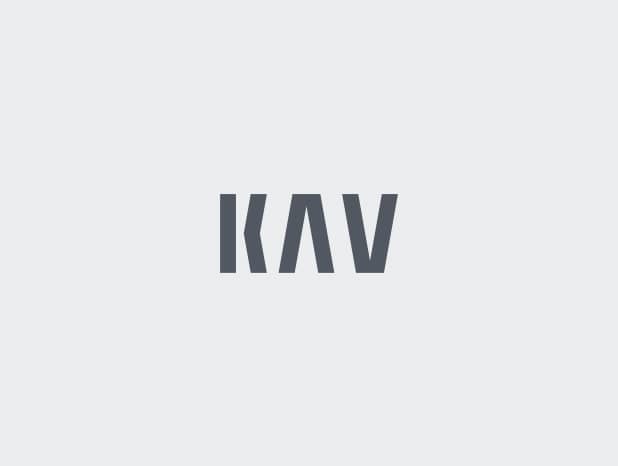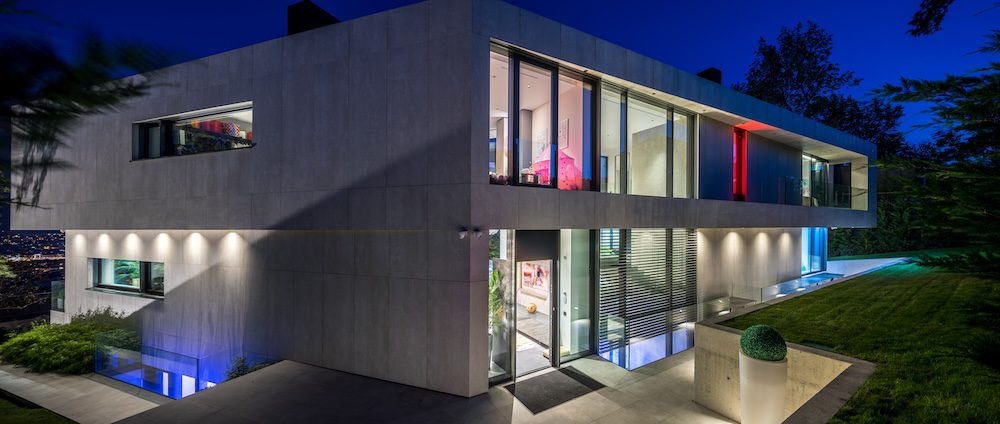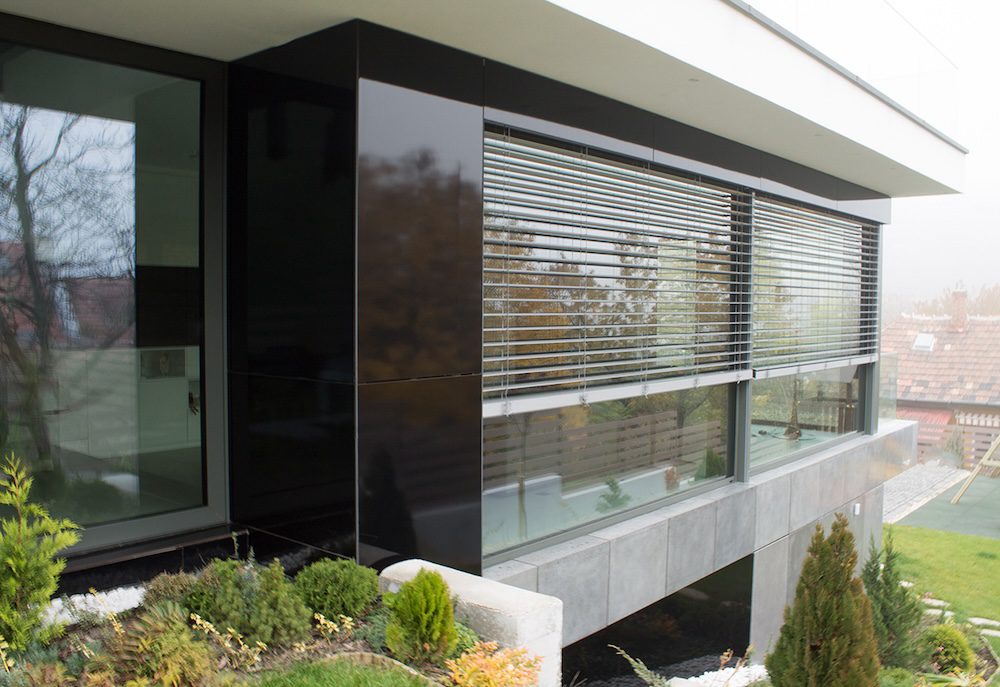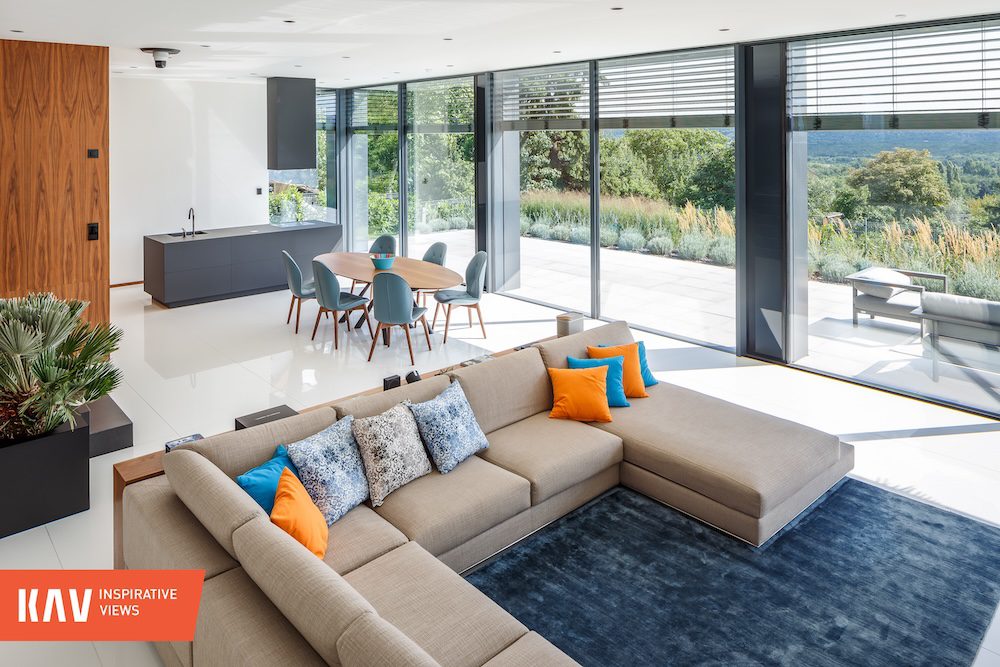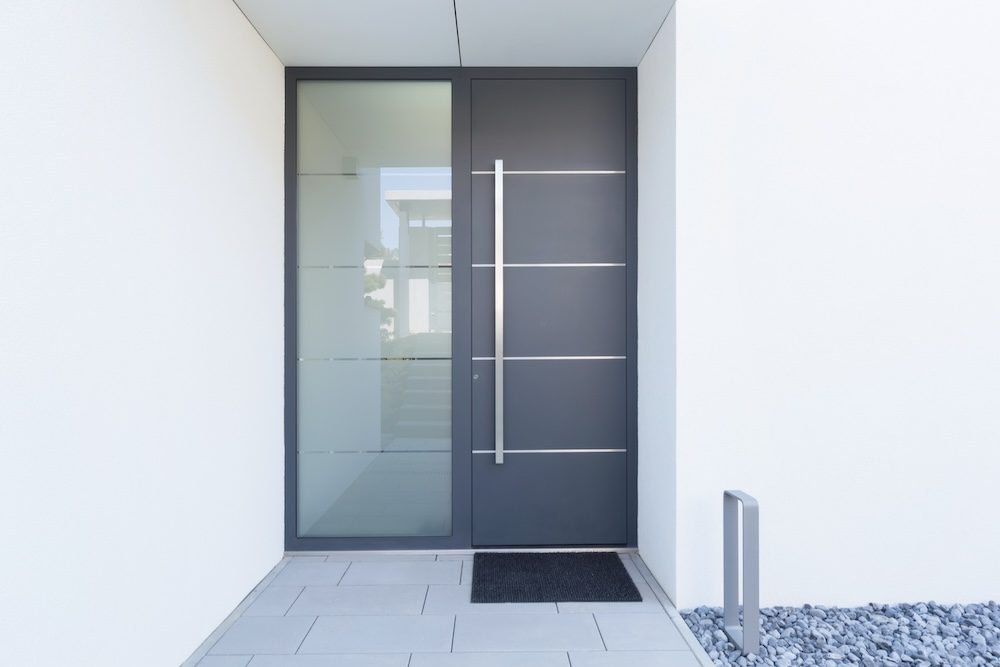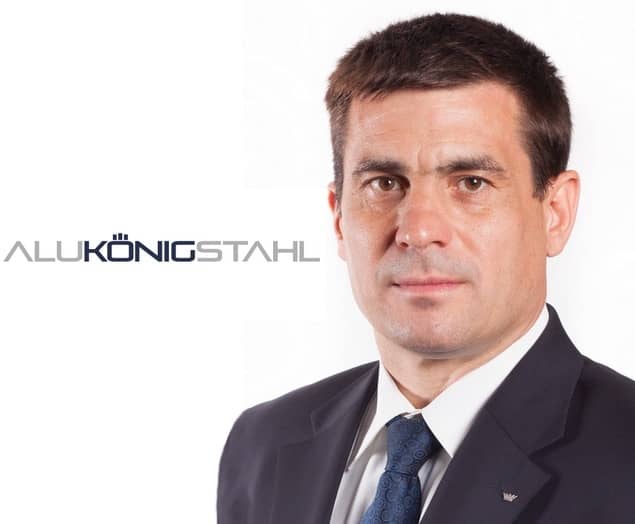When a dreamt-of work of art becomes a reality

Properties being created in an ongoing KAV project may nearly be interpreted as works of art. No company with relevant references could be found, either in Hungary or abroad, for the implementation of buildings that were considered unique at the European level too. We talked about this special job with Mihály Fodor, the Managing Director of the implementing company, and András Havasy, the project’s Technical Director.
If we look at the buildings under construction, we see that it is a standalone project not only in Hungary but also in Europe. How did you start the implementation?
András Havasy: Right from the first moment, it was an important aspect for the project owners to create something completely unique, also at the European level, thus giving respect to the spirit of this unique construction project. The development programme, developed during the design phase, contained numerous individual solutions, from the artistic design to the special technical arrangements. We were assigned this real estate development-related implementation task as a subsidiary of our owners, and we feel that the uniqueness of this project absolutely matches our company.
It is not only the property’s surfaces that are special but also that the materials and methods used represent very high quality. What are the challenges lying in this project for the implementing company?
A. H.: It was difficult to find the appropriate contractors that are able to represent this premium quality on the designers’, builders’ and technical inspectors’ side. All the details of it were our tasks, and in todays’ overloaded market it is not easy to find subcontractors for a job involving such challenges. During the tender for contractors, it became clear tor the bidders that this was about taking up a fully unique implementation job that nearly qualifies as artisan work or building statuary. It involved a lot of pressure to find suitable partners who were not only capable of completing it but of working with enthusiasm and love, while remaining within a budget that would keep the development viable.
Why did you find KAV to be suitable partner for this job?
A. H.: During the selection process we did not only have a tender for general contractors but also separate tenders for various special work elements requiring greater attention, including, for example, building engineering, gardening works and the issue of closing systems. We knew that the closing system tender would be a difficult task, due to the proper coordination of the technical preferences of the various contractors and the unique technical solutions of the project, and the comparability of the quotes. We started the selection process with five companies; some of them dropped out quickly, namely market players that realised early on that it was not about the usual condominium arrangement, but serious nodal solutions and difficult implementation work could be expected. Finally we got to KAV, because their engineering preparedness and their energy devoted to understanding the project’s philosophy was convincing at all consultations. All in all, they have won our trust with their unique solutions linked to the development concept and their appropriate technical support.
Now you are in the middle of the implementation process. Do you still feel safe with them?
A. H.: Yes. The fairness and conscientiousness experienced during the tendering is also showing during the implementation. And when some kind of tension starts to build, the managing directors of KAV and PBG Ingatlan sit down at the table almost immediately and they talk through the situation and seek a proper solution jointly rather than writing letters and playing tactical games. And so far this has always worked.
What kind of unique solutions will be implemented in this project in terms of closing systems?
A. H.: For example, the implementation development of the large format and arched glasses was a serious technical challenge. We have to highlight the special energy characteristics of these glass panels; their dimensioning and other specialised trade consultations were also completed by KAV’s colleagues. Nodal complexity was also a special task, mainly for the connecting structures. These require daily technical management at the work site, even after thorough planning.
A great many trade groups are involved together on this project, and many times they wash away the boundaries between them. How is it possible to coordinate and keep things under control?
A. H.: Due to the very complicated building design, even the slightest change generates serious technical issues, which means lots and lots of tasks to agree on. We hold two consultations a week, with a changing focus, one for the designers and one for the contractors, where we aim to respond to all questions. The contractors’ consultation is intended to draw the “red lines” in the technical and scheduling levels that may prevent the different jobs from relying on each other and making the proper progress, and at the designers’ consultation we deal with technical issues arising while’ implementing the designs, and which need to be responded to at the appropriate depth and with due care.
What are the most important expectations towards your contractor partners?
A. H.: A constructive attitude is indispensable. Avoiding responsibility also will not work in this job. Here all specialty trades must think jointly in order to find the appropriate solutions. I believe that it is a priority to find contractors where constructive and forward thinking is present.
Mihály Fodor: This is not a classical real estate development project, since we have three other co-owners that work in completely different professions, and have completely different kind of tasks, investments and missions. We therefore always have to keep in mind that the construction industry climate that poisons many projects simply cannot emerge here. When we, as operators, decide in certain issues instead of the other three co-owners and participate in negotiations, we cannot behave like a classic construction industry actor, and we also expect this from our partners.
A. H.: Since this is such a unique project that nobody had any references, in several cases human factors, the personal approach and moral ethos are particularly important, apart from professional experience.
What needs to be implemented to make you satisfied at the end of the process?
M. F.: As we expressed it with our co-owners, the work of art we dreamt of must spring into existence. It is a lot more exciting to work through a project that starts from the intuition of an artist. For this we needed a sufficiently flexible design firm. If someone looks at the design or the house already under construction, they will see immediately that these are not simple buildings but a lot more. The content of the project is not “just” implementation but to manifest the idea of the artist. Now, as we see the arched slabs built, the large scale windows integrated, the innovative railing system surrounding the building with the same pinched motifs that we saw first on a piece of checked paper, we already now know that this work of art will come to life. But what makes it really beautiful is when this work of art will not exist only as an end in itself but when it becomes a liveable space and flat. If these two are achieved, i.e. the work of art is completed and there is someone that calls it their home, then I believe that, with this combine, we have created the end product we wanted.
MoreNews
